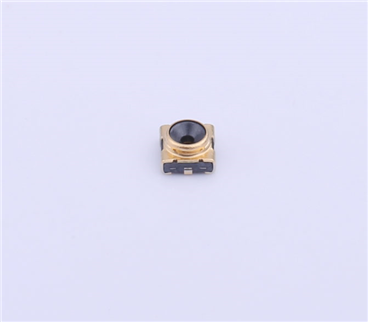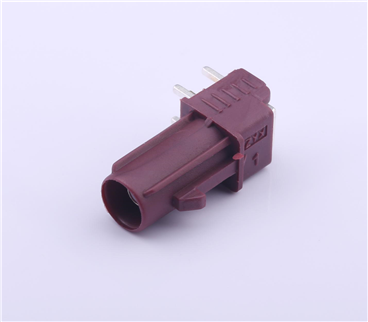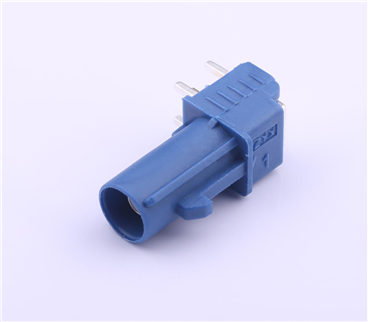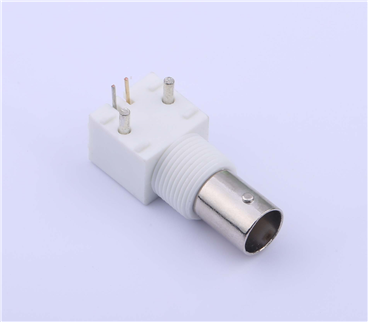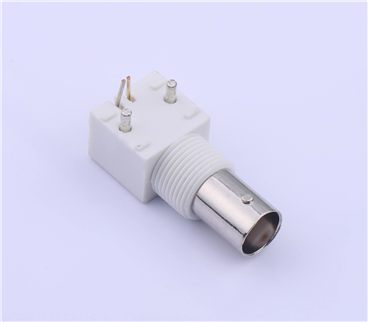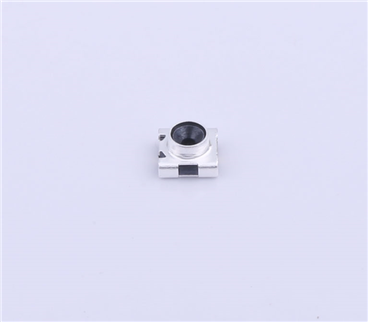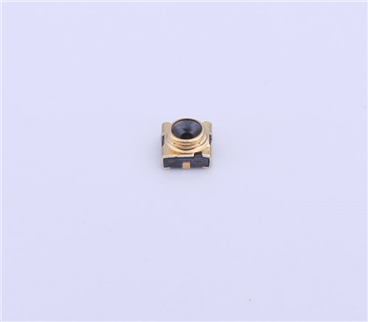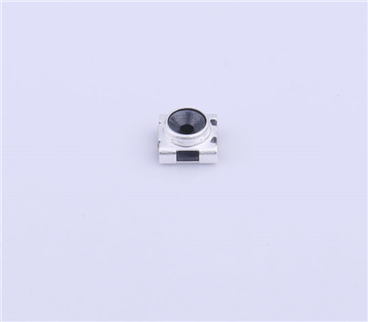Service hotline
+86 0755-23615795
Release date:2025-07-23Author source:KinghelmViews:309
In antenna design, several types of PCB substrates are commonly used, each with different dielectric properties, manufacturing processes, and application suitability:
FR-4 is a cost-effective substrate that offers good mechanical strength and insulation performance, with a typical dielectric constant (Dk) between 4.0 and 4.5. It is widely used for antennas in general wireless communication devices, such as Bluetooth and Wi-Fi short-range antennas. FR-4 is especially suitable for applications where cost is sensitive and performance requirements are moderate.
Rogers materials feature lower dielectric constants and low dissipation factors, which help reduce signal transmission loss. Different Rogers series offer dielectric constants from around 2.2 to 10, meeting various design needs. They are commonly used in high-frequency antenna designs such as millimeter-wave antennas, satellite communication antennas, and other wireless systems that demand high signal quality. Typical models include Rogers 5880, Rogers 3003, Rogers 4350B, and the low-Dk Rogers 5880LZ series.
Taconic substrates also have low dielectric constants that help reduce signal delay and distortion, making them suitable for high-frequency applications. Dielectric constants of different models vary, usually ranging between 2 and 5, making them ideal for millimeter-wave and other high-frequency scenarios. Notable models include TLY-5, made from very lightweight woven glass fabric, offering advantages like dimensional stability, low dissipation factor, low moisture absorption, high peel strength of copper, and consistent dielectric constant. TLY-5 is often used in automotive radar, satellite/cellular communications, power amplifiers, LNBs, LNAs, LNCs, and in frequency bands such as Ka, E, and W. RF-35™ is another popular model for various high-frequency designs.
PTFE materials have stable dielectric constants, typically between 2.0 and 3.0, with extremely low loss, making them suitable for high-frequency signal transmission. PTFE is commonly used in high-precision, high-performance antenna designs, such as radar antennas, aerospace antennas, and other high-frequency RF circuits.
These substrates adjust the dielectric constant by varying the ceramic filler ratio. They have higher mechanical strength and heat resistance and can help reduce costs while maintaining good RF performance. Ceramic-filled substrates are widely used in medium-to-high frequency antenna designs like 5G communication antennas and are suitable for miniaturized antennas where specific size and performance targets must be met.
Wangling is a domestic (Chinese) brand offering common PTFE glass fiber cloth copper-clad laminates, like the F4BM and F4BME series, as well as PTFE glass fiber cloth ceramic-filled copper-clad laminates, such as F4BTM and F4BTME. Their composite dielectric substrate series (TP, TF) offer dielectric constants that can be controlled between 3.0 and 25, with low dissipation loss and low thermal drift. One consideration: when PCB manufacturers use Wangling materials for the first time, certain process issues may arise due to unfamiliarity.
lBoard thickness should generally be a multiple of about 0.254 mm. Avoid setting custom thicknesses like 0.4 mm, as corresponding PCB stock may not be available for manufacturing and validation.
lFor boards thicker than 1.5 mm, consider using domestic Wangling materials.
lWhen designing multi-layer boards, pay close attention to the substrate’s Z-axis coefficient of thermal expansion (CTE, measured in ppm/°C). Generally, substrates with lower dielectric constants have higher Z-axis CTE, which could lead to issues during manufacturing if combined with other materials. For multi-layer designs, it is better to use higher-Dk substrates with lower CTE to reduce defect rates.
At millimeter-wave frequencies, the roughness of the copper foil surface significantly affects conductor loss of transmission lines. Based on manufacturing process and performance, PCB copper foil is mainly divided into two types: Rolled Annealed (RA) copper foil and Electrolytic (ED) copper foil.

Produced by continuous rolling and compression of pure copper ingots, RA foil has a very smooth surface and extremely low roughness, which offers excellent conductivity. It is especially suitable for high-frequency signal transmission. However, RA foil tends to be more expensive and has certain thickness limitations.
ED copper foil is produced by electroplating, resulting in two sides: one smooth and one rough. The rough side helps bond the foil to the substrate, while the smooth side is used for plating or etching. ED copper foil is more affordable and covers a wider range of thicknesses. However, its higher surface roughness leads to higher conductor loss, making it less suitable for high-frequency applications.
Disclaimer: This article is sourced from the internet and only represents the author’s personal views. It does not reflect the views of Kinghelm or the industry as a whole. It is shared here solely for the purpose of reposting and information sharing. We support intellectual property protection — please indicate the original source and author when reposting. If there is any infringement, please contact us for removal.

